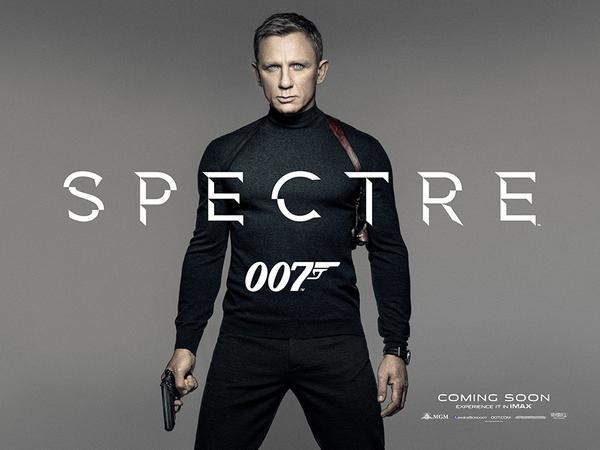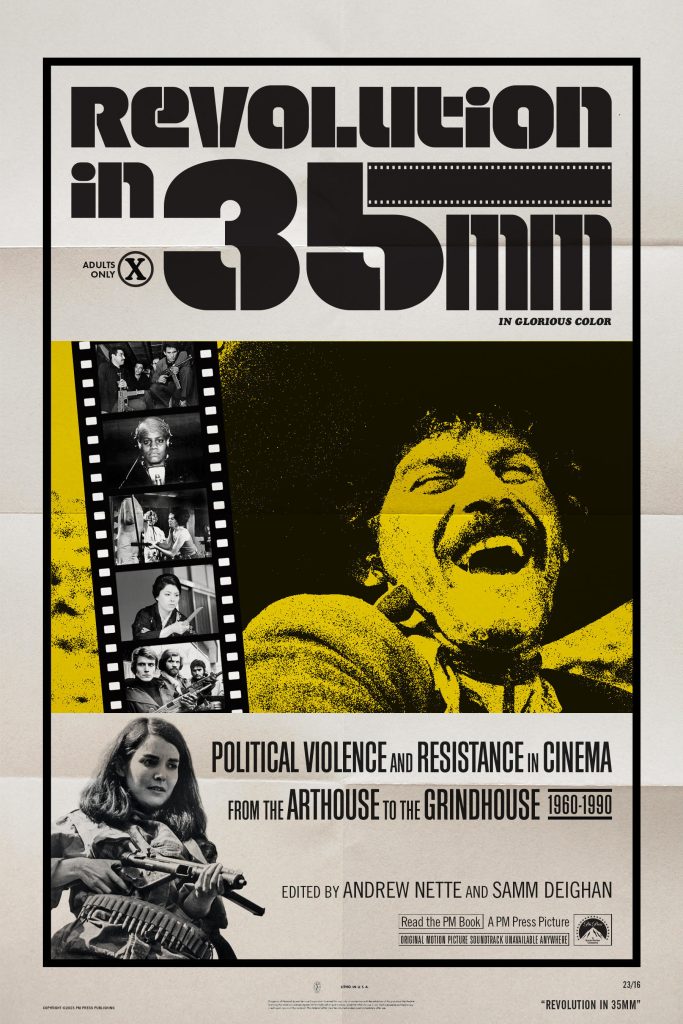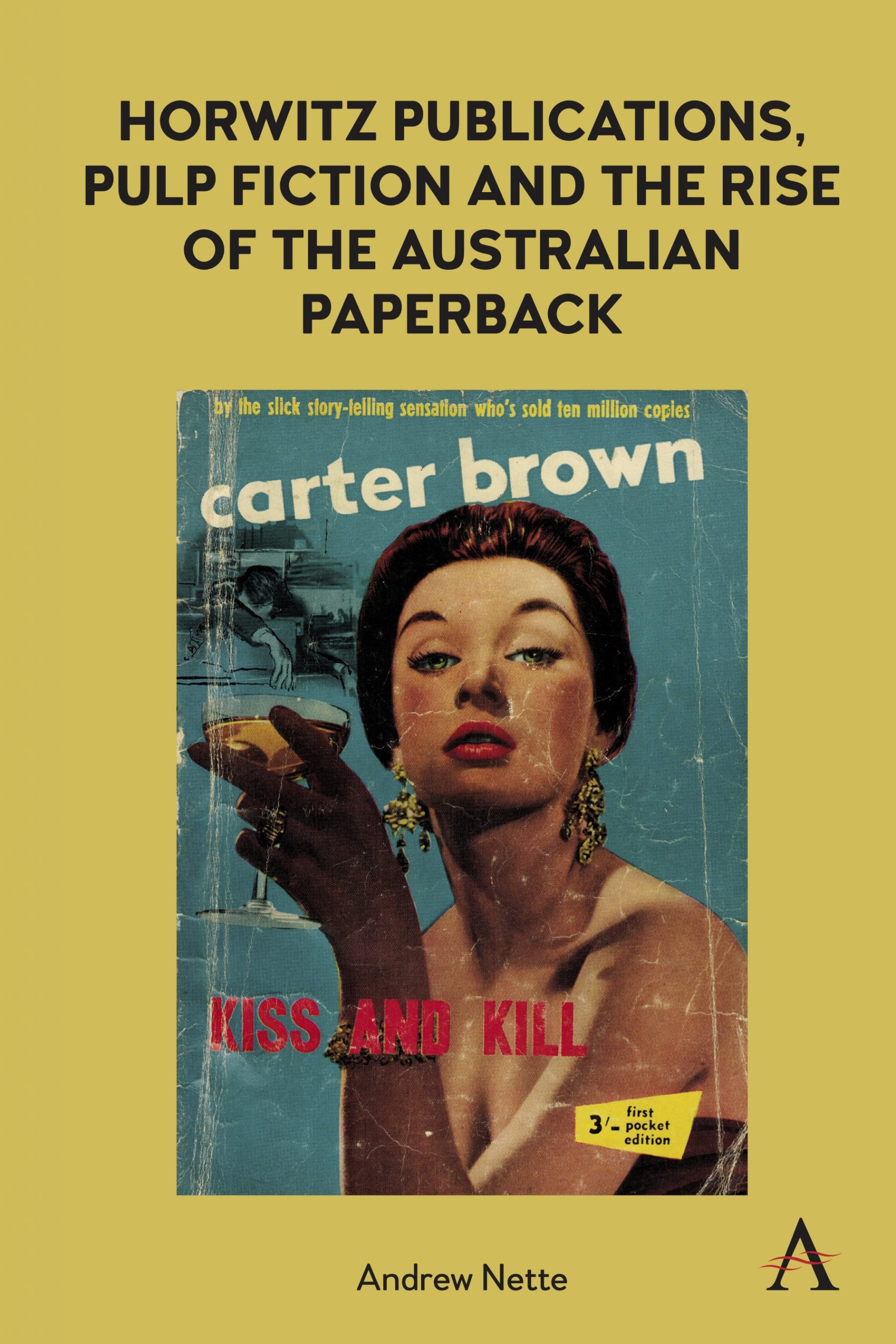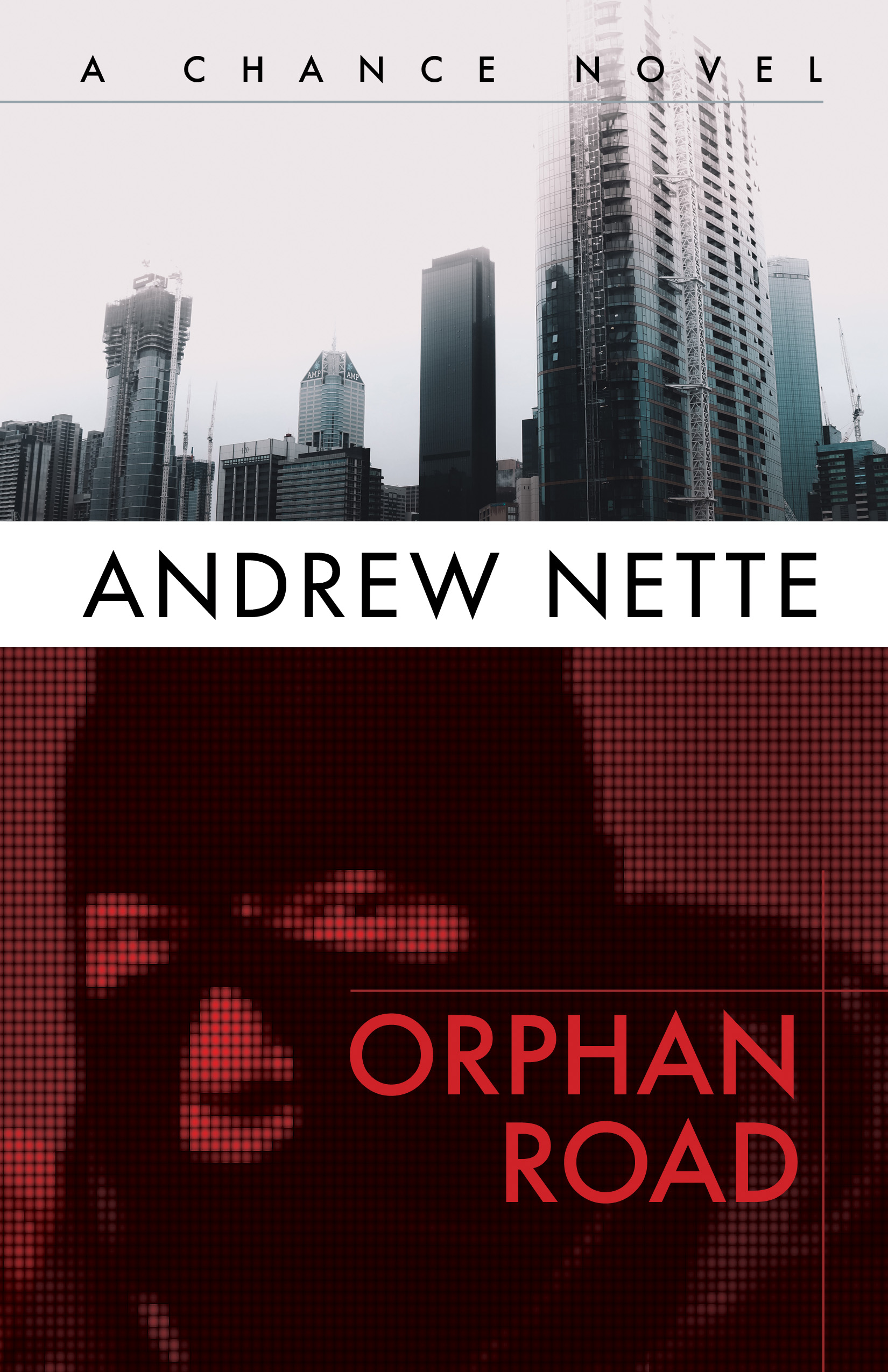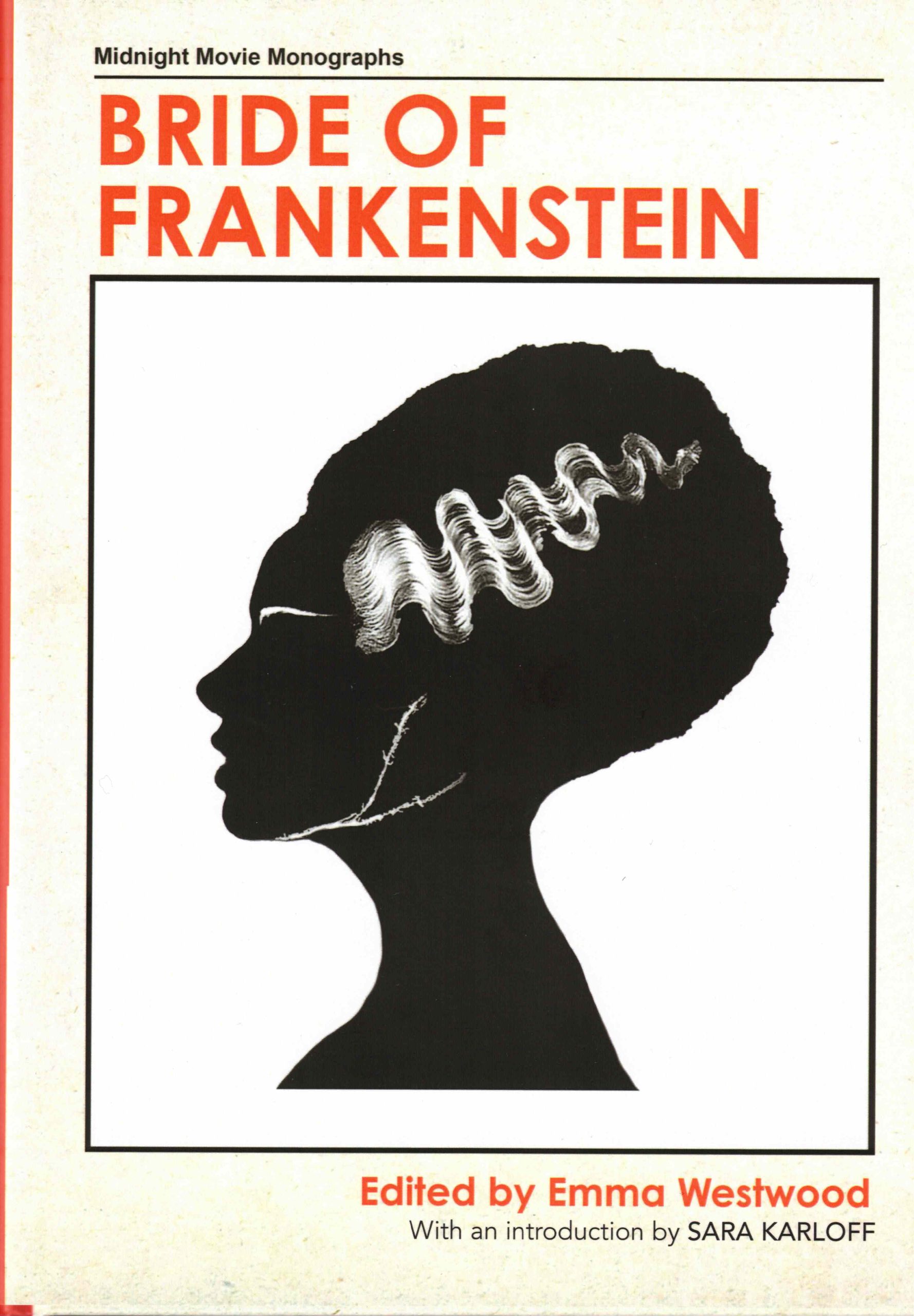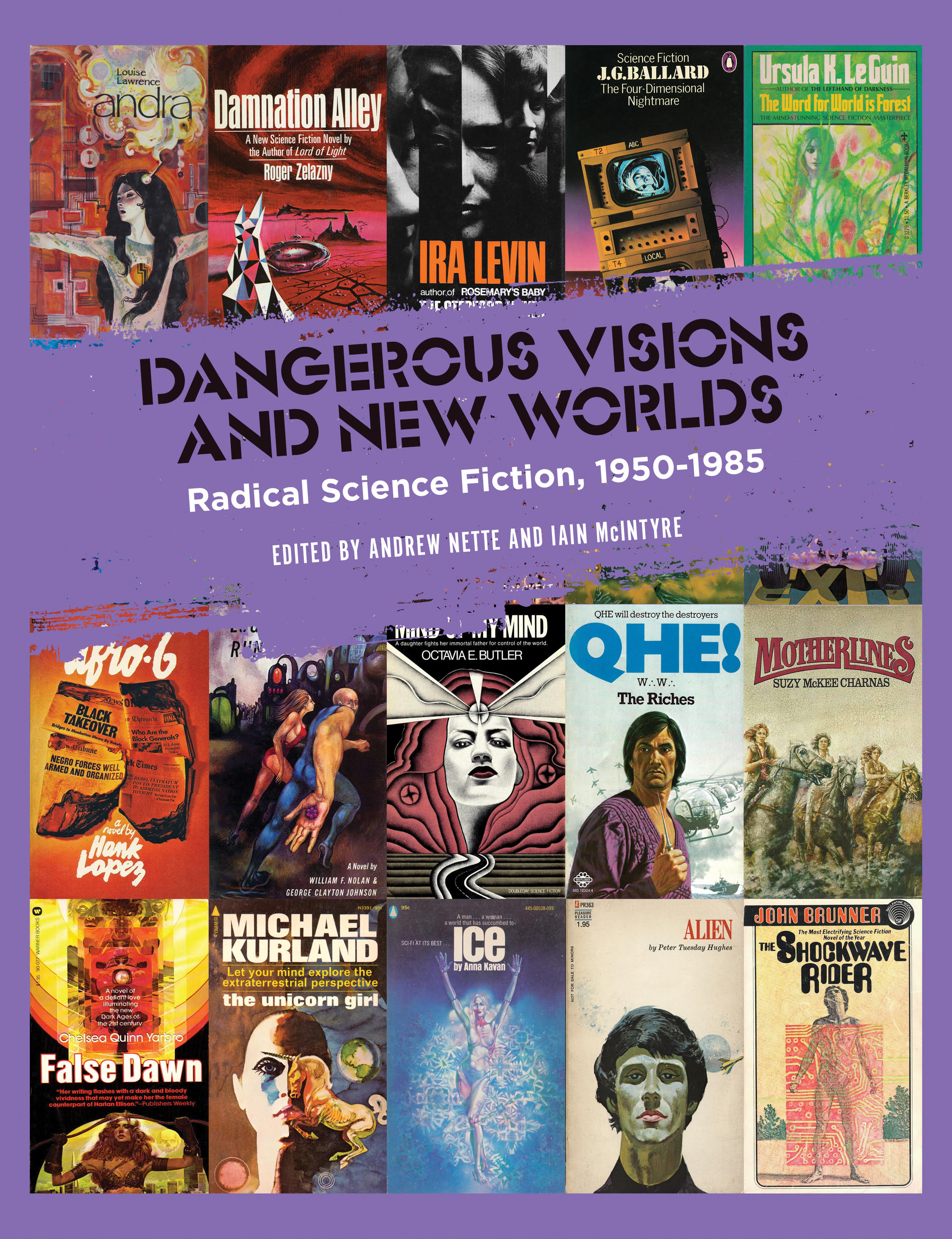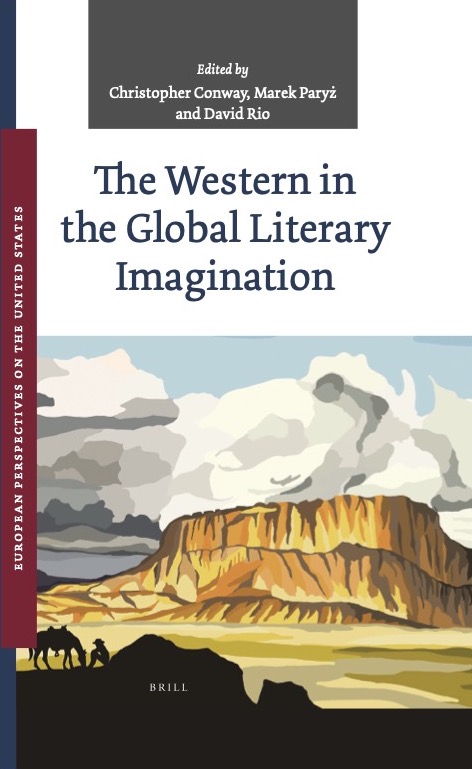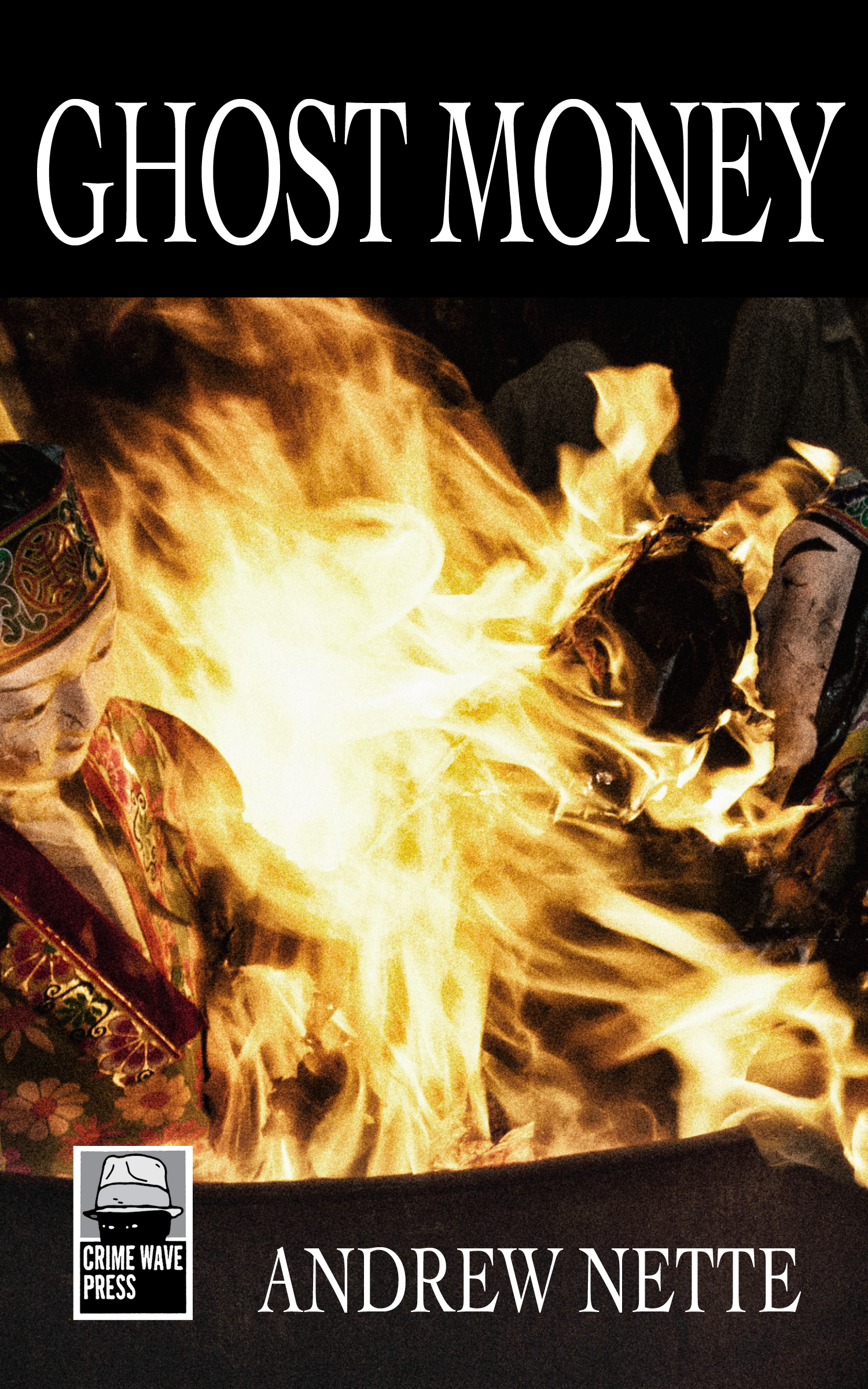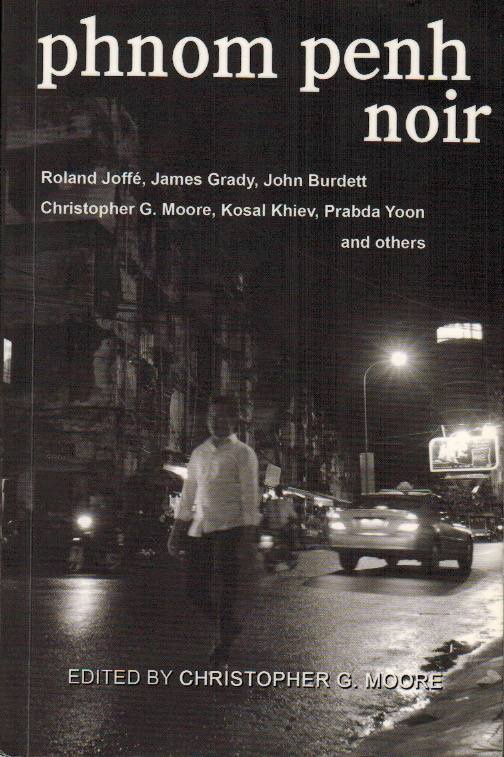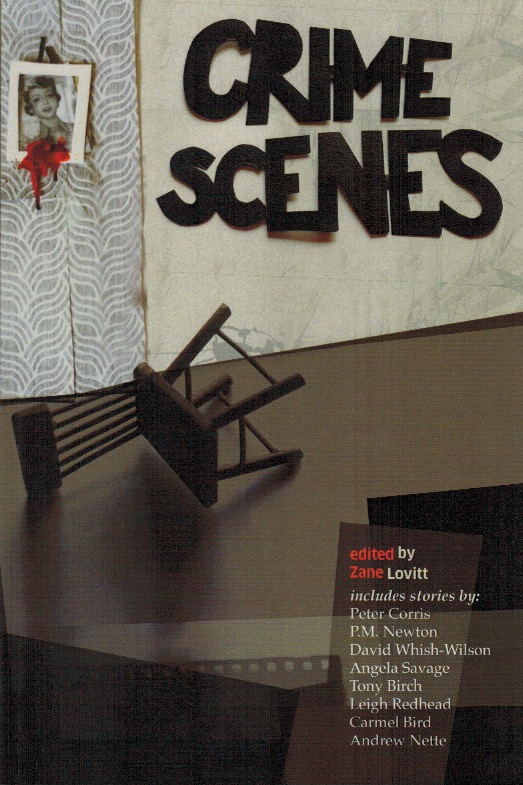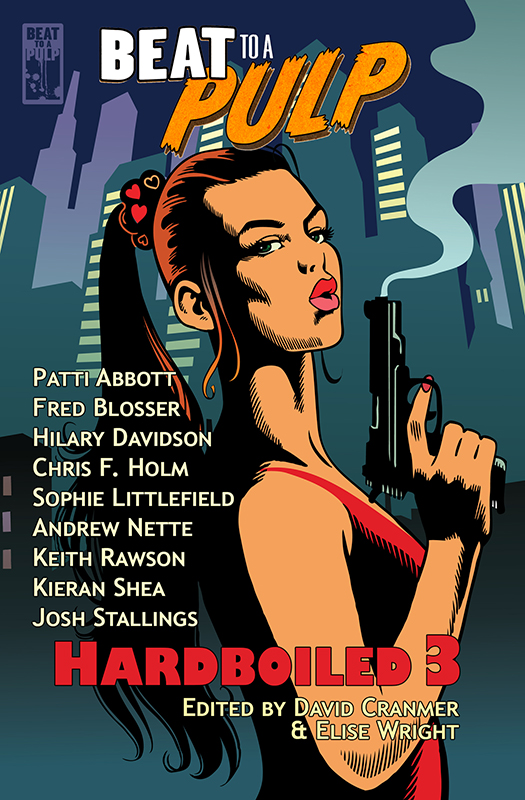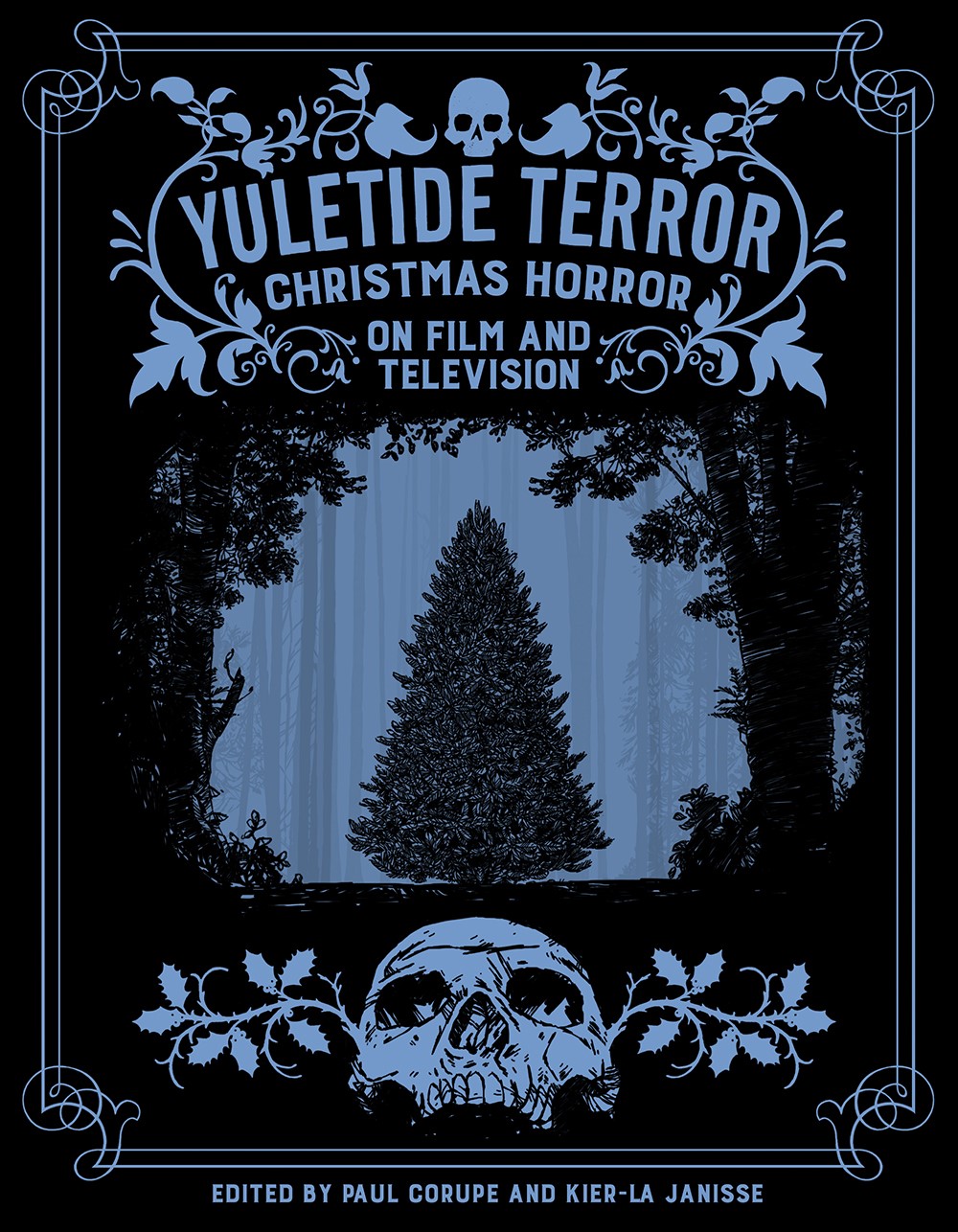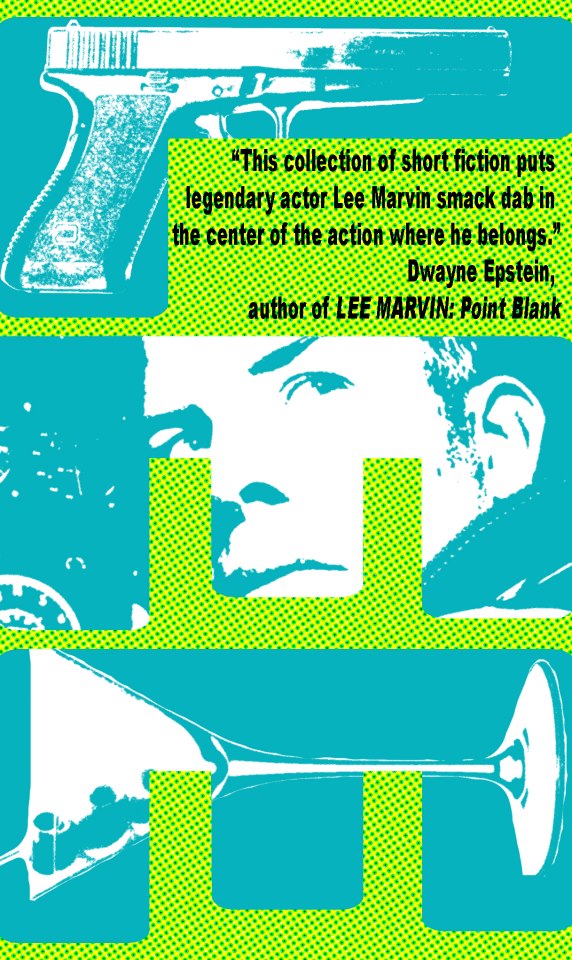Search
-
Recent Posts
- Dishing up Pulp Curry in a new way: why I am starting a Substack newsletter
- Book reviews: Deadly dames, midcentury Brit pulp and 1970s science fiction
- Mackenna’s Gold (1969): Gold, Ghosts and Frontier Violence
- Orphan Road book launch
- Orphan Road now available
- Pre-orders open for my new novel, Orphan Road
- Cover reveal: Orphan Road, my follow up to Gunshine State
- Breakfast in the Ruins podcast: New English Library Bikermania
- Why 1973 was the year Sidney Lumet took on police corruption
- Men’s Adventure Quarterly: Gang Girls issue
Categories
- 1960s American crime films
- 1970s American crime films
- 1980s American crime films
- 1990s American crime films
- Adrian McKinty
- Albert Dekker
- Andre De Toth
- Angela Savage
- Angie Dickinson
- Anthony Zerbe
- Asian noir
- Australian crime fiction
- Australian crime film
- Australian noir
- Australian popular culture
- Australian pulp fiction
- Australian television history
- Ava Gardner
- Beat culture
- Belmont Tower Books
- Ben Wheatley
- Billie Whitelaw
- Black pulp fiction
- Blaxsploitation
- Book cover design
- Book Reviews
- British crime cinema
- British pulp fiction
- Bryan Brown
- Burt Lancaster
- Carter Brown
- Charles Durning
- Charles Willeford
- Chester Himes
- Christopher G Moore
- Christopher Lee
- Cinema culture
- Claude Atkins
- Coronet Books
- Crawford Productions
- Crime Factory
- Crime Factory Publications
- Crime fiction
- Crime fiction and film from Africa
- Crime fiction and film from Cambodia
- Crime fiction and film from China
- Crime fiction and film from India
- Crime fiction and film from Indonesia
- Crime fiction and film from Japan
- Crime fiction and film from Laos
- Crime fiction and film from Latin and Central America
- Crime fiction and film from Malaysia
- Crime fiction and film from New Zealand
- Crime fiction and film from Scandinavia
- Crime fiction and film from Singapore
- Crime fiction and film from South Korea
- Crime fiction and film from Thailand
- Crime fiction and film from the Philippines
- Crime Fiction and film set in Vietnam
- Crime film
- Dangerous Visions and New Worlds Radical Science Fiction 1950 to 1985
- David Goodis
- David Peace
- David Whish-Wilson
- Derek Raymond
- Diana Dors
- Dirk Bogarde
- Don Siegel
- Don Winslow
- Donald Westlake aka Richard Stark
- Dystopian cinema
- Ernest Borgnine
- Eurocrime
- Fawcett Gold Medal Books
- Femme fatale
- Fernando Di Leo
- Filipino genre films
- Film Noir
- Forgotten Melbourne
- French cinema
- French crime fiction
- Garry Disher
- Gene Hackman
- George V Higgins
- Georges Simenon
- Ghost Money
- Giallo cinema
- Gil Brewer
- Girl Gangs, Biker Boys and Real Cool Cats: Pulp Fiction & Youth Culture, 1950-1980
- Gloria Grahame
- Gold Star Publications
- Gregory Peck
- Gunshine State
- Heist films
- Horror
- Horwitz Publications
- Humphrey Bogart
- Ian Fleming
- Interviews
- Ira Levin
- James Caan
- James Crumley
- James Ellroy
- James Hadley Chase
- James Woods
- Jim Brown
- Jim Thompson
- Joel Edgerton
- John Frankenheimer
- Joseph Losey
- Karen Black
- Kerry Greenwood
- Kinji Fukasaku
- Larry Kent
- Laura Elizabeth Woolett
- Lee Marvin
- Leigh Redhead
- Lindy Cameron
- M Emmet Walsh
- Mad Max
- Mafia
- Malla Nunn
- Martin Limon
- Megan Abbott
- Melbourne International Film Festival
- Melbourne Writers Festival
- Men's Adventure Magazines
- Michael Caine
- Michael Fassbender
- Mickey Spillane
- Monarch Books
- Ned Kelly Awards
- Neo Noir
- New English Library
- Newton Thornburg
- Noir Con
- Noir fiction
- Non-crime reviews
- Oren Moverman
- Orphan Road
- Ozsploitation
- Pan Books
- Parker
- Paul Newman
- Peter Boyle
- Peter Corris
- Peter Strickland
- Peter Yates
- Poliziotteschi
- Pulp fiction
- Pulp fiction in the 70s and 80s
- Pulp fiction set in Asia
- Pulp Friday
- Pulp paperback cover art
- Qui Xiaolong
- Raymond Chandler
- Richard Burton
- Richard Conte
- Robert Aldrich
- Robert Mitchum
- Robert Ryan
- Robert Stone
- Rock Hudson
- Roger Smith
- Rollerball
- Rosaleen Norton
- Roy Scheider
- Rural noir
- Sam Levene
- Sam Peckinpah
- Samuel Fuller
- Science fiction and fantasy
- Scripts Publications
- Sidney Lumet
- Sidney Poitier
- Simon Harvester
- Snowtown
- Snubnose Press
- Spies
- Stanley Baker
- Sterling Hayden
- Steve McQueen
- Sticking it the the Man Revolution and Counter Culture in Pulp and Popular Fiction 1950 1980
- Stuart Rosenberg
- Tandem Books
- Tart noir
- Tartan Noir
- Ted Lewis
- Toni Johnson Woods
- True crime
- Vicki Hendricks
- Victor Mature
- Vintage mug shots
- Vintage pulp paperback covers
- Wallace Stroby
- War film
- Westerns
- William Friedkin
- Woody Strode
- Yakuza films
- Yaphet Kotto
Nothing but noir
Recommended reading
The lurid world of pulp
- 20th century Danny Boy
- American Pulps
- Bear Alley
- Bloody, Spicy, Books
- Comics Down Under
- Everything second hand
- Existential Ennui
- Greenleaf Classic Books
- Irv O. Neil's Erotica is My Trade
- Killer Covers
- Lost Classics of Teen Lit 1939-1989
- Luminist Archives
- Men's Pulp Mags
- Mporcius Fiction Log
- Murder, Mayhem and Long Dogs
- Neglected Books
- Nocturnal Revelries
- Paperback Warrior
- Paperbacks of the Gods
- Pop Sensation
- Pulp artists
- Pulp Covers
- Pulp Crazy
- Pulp Flakes
- Pulp International
- Pulp Magazines Project
- Pulp Serenade
- Realms of the Night
- Romance Fiction Has a History
- Rough Edges
- Sin Street Sleaze
- Spy Guys and Gals
- The department of Afro American Research Arts & Culture
- The Dusty Bookcase
- The Haunted World of Richard Sala
- The Moon Lens
- The Nick Carter & Carter Brown Blog
- The Pulp & Paperback Fiction Reader
- Too Much Horror Fiction
- True Pulp Fiction
- Vault of Horror
- Vintage Nurse Romance Novels
- Vintage Romance Novels
- Welcome to the Pan Paperback
- Yellow and Creased
Support This Site
If you like what I do please support me on Ko-fi
Category Archives: Ian Fleming
Dishing up Pulp Curry in a new way: why I am starting a Substack newsletter

After much thought I have decided that to experiment with moving the focus of my blogging from this site to a new Pulp Curry Substack newsletter.
Why am I doing this?
The first post on this website appeared on July 2010 (about the incredibly underrated 1979 Australian heist film, Money Movers – you can read the post here). I’ve been writing on the site with varying frequency ever since (579 posts in all), and for the most part have enjoyed it immensely.
But for the last 12 or so months I just haven’t been feeling it – or getting the hits to make it seem worthwhile – and have started to wonder whether it’s worth continuing with the effort. Posting on a website has been starting to feel like the equivalent of trying to read a broadsheet newspaper in a crowded tram carriage, unwieldy and inconvenient.
And, thinking about it, I suspect the blog format is starting to get a bit stale for me and is actually now a brake on my posting more regularly.
I know that I’m no Robinson Crusoe in this regard. The majority of the blogs I used to follow have gradually fallen by the wayside, as people have moved on, grown weary of the effort, found other interests, adopted other means to get their message out, or, in some cases (gulp), died.… Read more
Posted in 1960s American crime films, 1970s American crime films, 1980s American crime films, 1990s American crime films, Adrian McKinty, Albert Dekker, Andre De Toth, Angela Savage, Angie Dickinson, Anthony Zerbe, Asian noir, Australian crime fiction, Australian crime film, Australian noir, Australian popular culture, Australian pulp fiction, Australian television history, Ava Gardner, Beat culture, Belmont Tower Books, Ben Wheatley, Billie Whitelaw, Black pulp fiction, Blaxsploitation, Book cover design, Book Reviews, British crime cinema, British pulp fiction, Bryan Brown, Burt Lancaster, Carter Brown, Charles Durning, Charles Willeford, Chester Himes, Christopher G Moore, Christopher Lee, Cinema culture, Claude Atkins, Coronet Books, Crawford Productions, Crime Factory, Crime Factory Publications, Crime fiction, Crime fiction and film from Africa, Crime fiction and film from Cambodia, Crime fiction and film from China, Crime fiction and film from India, Crime fiction and film from Indonesia, Crime fiction and film from Japan, Crime fiction and film from Laos, Crime fiction and film from Latin and Central America, Crime fiction and film from Malaysia, Crime fiction and film from New Zealand, Crime fiction and film from Scandinavia, Crime fiction and film from Singapore, Crime fiction and film from South Korea, Crime fiction and film from Thailand, Crime fiction and film from the Philippines, Crime Fiction and film set in Vietnam, Crime film, Dangerous Visions and New Worlds Radical Science Fiction 1950 to 1985, David Goodis, David Peace, David Whish-Wilson, Derek Raymond, Diana Dors, Dirk Bogarde, Don Siegel, Don Winslow, Donald Westlake aka Richard Stark, Dystopian cinema, Ernest Borgnine, Eurocrime, Fawcett Gold Medal Books, Femme fatale, Fernando Di Leo, Filipino genre films, Film Noir, Forgotten Melbourne, French cinema, French crime fiction, Garry Disher, Gene Hackman, George V Higgins, Georges Simenon, Ghost Money, Giallo cinema, Gil Brewer, Girl Gangs, Biker Boys and Real Cool Cats: Pulp Fiction & Youth Culture, 1950-1980, Gloria Grahame, Gold Star Publications, Gregory Peck, Gunshine State, Heist films, Horror, Horwitz Publications, Humphrey Bogart, Ian Fleming, Interviews, Ira Levin, James Caan, James Crumley, James Ellroy, James Hadley Chase, James Woods, Jim Brown, Jim Thompson, Joel Edgerton, John Frankenheimer, Joseph Losey, Karen Black, Kerry Greenwood, Kinji Fukasaku, Larry Kent, Lee Marvin, Leigh Redhead, Lindy Cameron, M Emmet Walsh, Mad Max, Mafia, Malla Nunn, Martin Limon, Megan Abbott, Melbourne International Film Festival, Melbourne Writers Festival, Men's Adventure Magazines, Michael Caine, Michael Fassbender, Mickey Spillane, Monarch Books, Ned Kelly Awards, Neo Noir, New English Library, Newton Thornburg, Noir Con, Noir fiction, Non-crime reviews, Oren Moverman, Orphan Road, Ozsploitation, Pan Books, Parker, Paul Newman, Peter Boyle, Peter Strickland, Peter Yates, Poliziotteschi, Pulp fiction, Pulp fiction in the 70s and 80s, Pulp fiction set in Asia, Pulp Friday, Pulp paperback cover art, Qui Xiaolong, Raymond Chandler, Richard Burton, Richard Conte, Robert Aldrich, Robert Mitchum, Robert Ryan, Robert Stone, Rock Hudson, Roger Smith, Rollerball, Rosaleen Norton, Roy Scheider, Rural noir, Sam Levene, Sam Peckinpah, Samuel Fuller, Science fiction and fantasy, Scripts Publications, Sidney Lumet, Sidney Poitier, Simon Harvester, Snowtown, Snubnose Press, Spies, Stanley Baker, Sterling Hayden, Steve McQueen, Sticking it the the Man Revolution and Counter Culture in Pulp and Popular Fiction 1950 1980, Stuart Rosenberg, Tandem Books, Tart noir, Tartan Noir, Ted Lewis, Toni Johnson Woods, True crime, Vicki Hendricks, Victor Mature, Vintage mug shots, Vintage pulp paperback covers, Wallace Stroby, War film, Westerns, William Friedkin, Woody Strode, Yakuza films, Yaphet Kotto
Pulp Friday: Cover Me: The Vintage Art of Pan Books 1950-1965

Pan paperbacks are among the first adult books I can remember making a serious impression on me. My father had a number of Pan editions of Ian Fleming’s James Bond books in the collection of paperbacks he had in his den and from an early age I was entranced by their colourful, energetic, somewhat carnal covers.
Colin Larkin’s Cover Me: The Vintage Art of Pan Books: 1950-1965 notes the Fleming series was, not surprisingly, a huge seller for Pan. The books my father owned, which I still have, include cover art by Pat Owen and ‘Peff’ or Samuel John Peff, the latter one of Pan’s most used artists in the 1950s and the first half of the 1960s. I also discovered from Larkin’s book that the small drawing of a suave looking Bond holding a pistol that appears in a banner at the bottom of the main cover design in some of the Fleming Pan editions, was an illustration of Ralph Vernon-Hunt, the company’s managing director at the time.
Pan paperbacks appeared in Australia in large numbers in the three decades after World War II, and can still be found relatively easily in second-hand bookstores and thrift shops throughout the country. I have a fairly large collection, including I am happy to say, many of those that appear in Larkin’s simply sumptuous work.… Read more
Posted in Crime fiction, Horror, Ian Fleming, Pan Books, Pulp fiction, Pulp fiction in the 70s and 80s, Pulp fiction set in Asia, Pulp Friday, Pulp paperback cover art, Vintage pulp paperback covers
Tagged British paperback cover art, Colin Larkin, Cover Me The Vintage Art of Pan Books 1950-1980, James Bond, mushroom publishers, Pan paperbacks, Peff, Ralph Vernon-Hunt, Samuel John Peff, Telos Publishing
Pulp Friday: Guns with plots
Let’s make one thing clear. I don’t own a gun. Never have and never will. Indeed, the only guns I want to see are in film or on the cover of books like the ones featured in today’s Pulp Friday post.
For a while now I have been obsessed with the cover above of the 1964 Panther edition of Len Deignton’s The Ipcress File. The cover, done by influential English graphic designer, Ray Hawkey, who would go onto to do a number of paperback covers, exudes a style and tone I could never imagine being used today except as a deliberate retro homage.
It speaks to the everyday grime, drudgery and unglamorous boredom of the Cold War spy racket, which the Deighton novels featuring the working class spy, Harry Palmer, evoke so well. There is also the mess that comes with the trade: a cold cup of tea (probably cold); cigarettes, because in the sixties every fictional spy smoked; paperclips for the paperwork; and, a gun and bullets, because sometimes you have to kill someone.
It is a gritty, cluttered layout I associate with mass paperback novels of the type that were largely targeted at men in the 1960s and 1970s. As it turns out, a bit of a dig around reveals it was a style that was widely used in those two decades – but it also bled over into the 1980s – by mass market paperback publishers in the crime, mystery and espionage thriller categories.… Read more
Posted in Belmont Tower Books, British pulp fiction, Crime fiction, George V Higgins, Ian Fleming, Neo Noir, Noir fiction, Pulp fiction, Pulp fiction in the 70s and 80s, Pulp Friday, Pulp paperback cover art, Spies, True crime
Tagged Agatha Christie, Brian Garfield, Death Wish, Dog Day Afternoon, Elmore Leonard, Fontana, Funeral in Berlin, George V Higgins, Ian Fleming, Jim Thompson, John Creasey, Len Deighton, Raymond Chandler, The Getaway, The Ipcress File, The Man With the Golden Gun, Thunderball
Projection Booth podcast #352: Kiss Me Deadly
 It was a joy and a thrill to join film scholar Kevin Heffernan and Mike White, host of the terrific Projection Booth podcast, for an episode of his show on what is probably my favourite film noir, Robert Aldrich’s Kiss Me Deadly (1955).
It was a joy and a thrill to join film scholar Kevin Heffernan and Mike White, host of the terrific Projection Booth podcast, for an episode of his show on what is probably my favourite film noir, Robert Aldrich’s Kiss Me Deadly (1955).
Kiss Me Deadly is one of those films I watch every year or so and always find something new to appreciate about it. Talking with my two co-podcasters, I discovered even more to like about it. Issues canvassed during this podcast include:
Mike Hammer (and Mickey Spillane) as the personification of the crisis in post WWII masculinity, and the women in the film as examples of females who are fighting against the confines of their role in American society in the 1950s.
Pulp fiction.
The film’s popularity in France, particularly within surrealist circles for its depiction of the incoherence of everyday life and mass commercial culture.
The Cold War nuclear state, paranoia and surveillance.
THAT answering machine.
Jack Elam.
Ernest Laszlo’s sensational cinematography.
Los Angeles’ former Bunker Hill area as the 1940s/50s B-movie/noir outdoor film shooting location of choice.
The psychiatrist as an archetypal villain in 1940s/1950s American film.
Other fictional noir detective equivalents to Mike Hammer, including Harry Moseby in Arthur Penn’s 1975 film, Night Moves (okay that last part might of been just me).… Read more
Posted in 1960s American crime films, 1970s American crime films, Film Noir, Gene Hackman, Ian Fleming, Neo Noir, Pulp fiction, Robert Aldrich
Tagged A. I. Bezzerides, Albert Dekker, Arthur Penn, Bunker Hill, Cloris Leachman, Ernest Laszlo, Film noir, French Surrealism, Gaby Rogers, Jack Elam, Jack Lambert, Kiss Me Deadly (1955), Marion Carr, Maxine Cooper, Mickey Spillane, Night Moves (1975), Ralph Meeker, Robert Aldrich, Strother Martin, The Projection Booth podcast
Spectre
I know that a lot of Pulp Curry readers are also James Bond fans. I have reviewed the 24th film in the Bond franchise, Spectre, for Australian Book Review Arts Update. You can read the review in full here on the Arts Update site.… Read more


